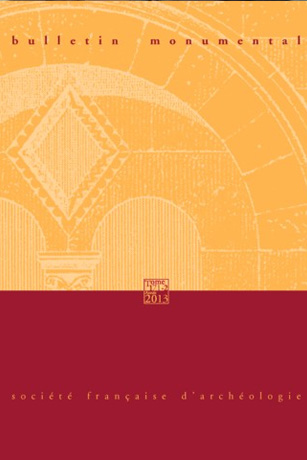Described as “late”, 16th century Gothic is often considered the ultimate survival of a late Middle Ages. And yet, in many centers of European culture, innovative, rich and refined formulas, developed by prestigious artists and encouraged by eminent patrons, emerged at the end of the 15th and early 16th centuries. This “new” Gothic, often referred to in its time as “modern”, was to experience considerable success in Europe until 1550, several decades after the first appearance of “antique” forms. Many key monuments belonging to this art, such as the facades of the transept of Beauvais Cathedral, the northern spire of Antwerp Cathedral, the Condestable Chapel in Burgos or the spectacular vaults of the Wladislaw Hall in Prague, have were designed after 1500.
Twenty art historians from northern Europe (Netherlands, Germany, Bohemia) and the Mediterranean rim (Spain, Italy, Dalmatia) have endeavored to shed light on all the facets of this architecture that has been denigrated for too long, which However, 19th century French historians had described it as “flamboyant”.
Publication Type
- Book



